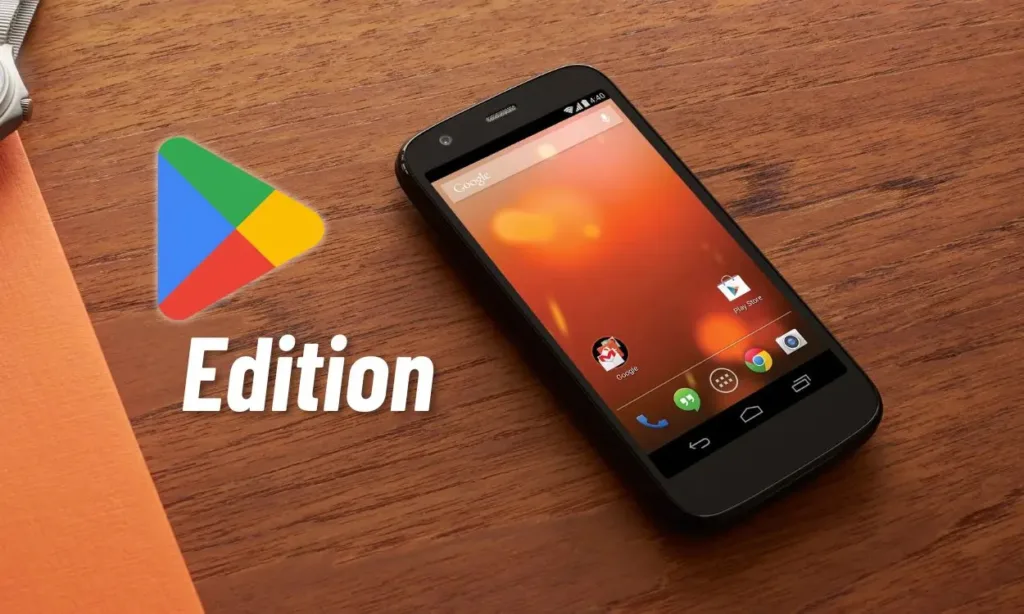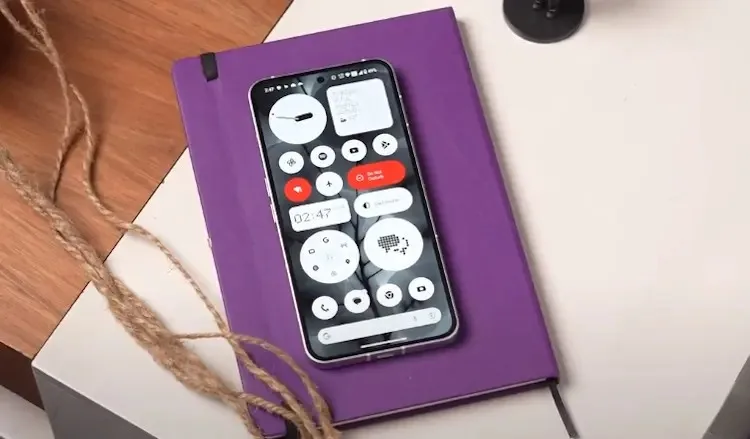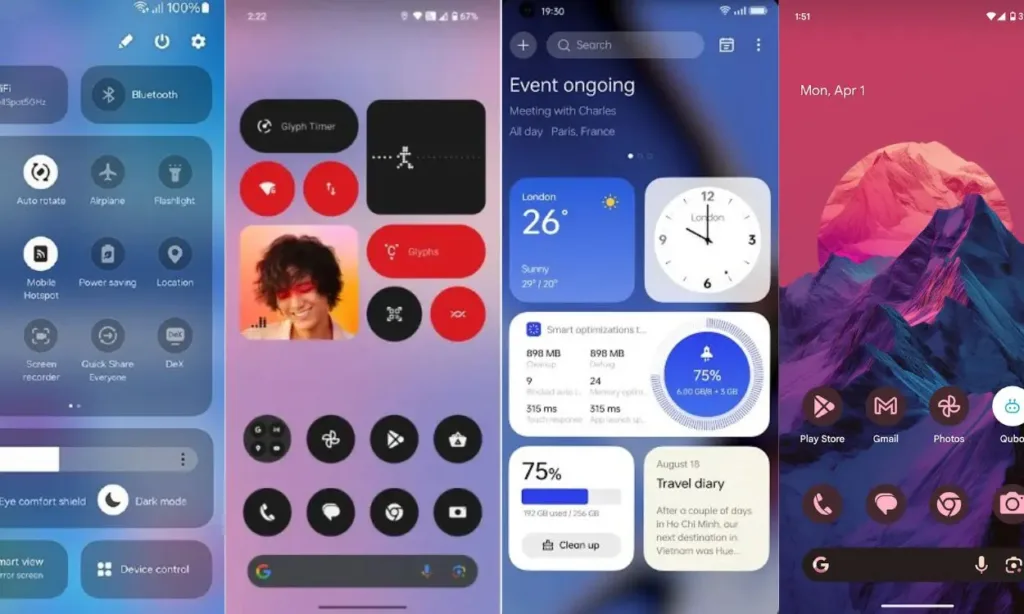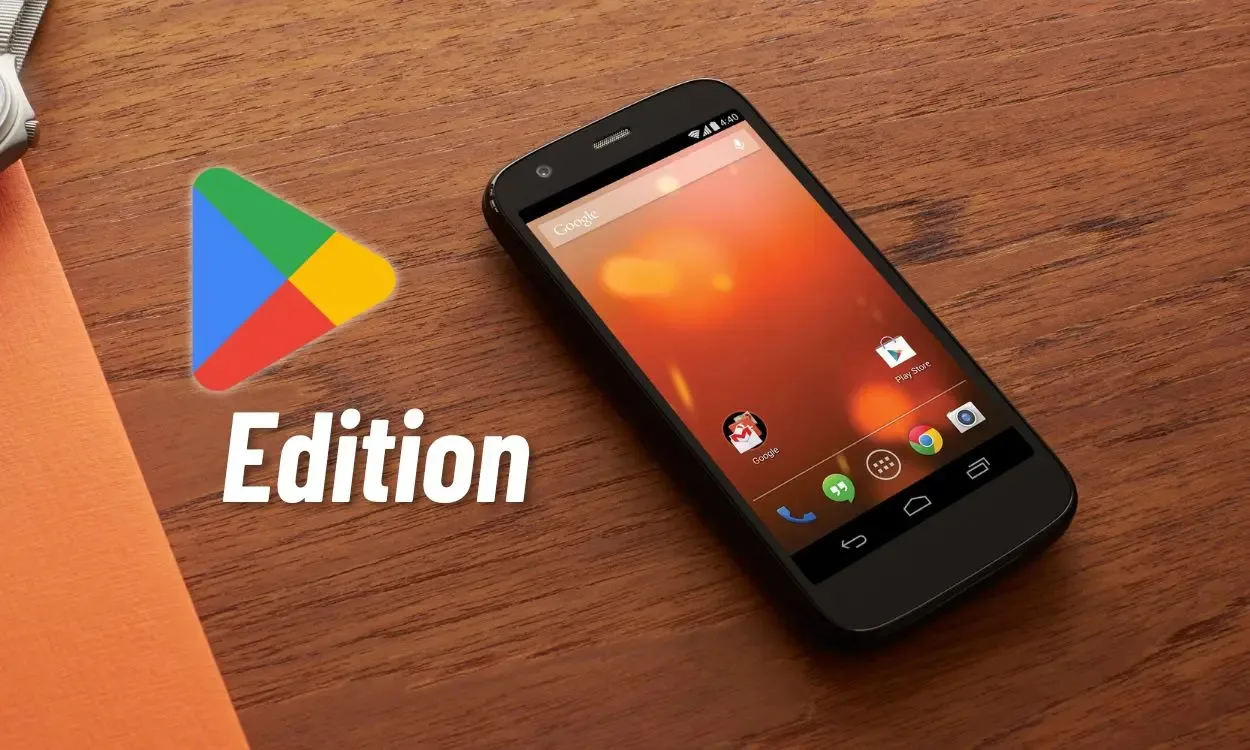
Google’s Play Edition experiment once provided users with a glimpse of pure Android on well-known devices. These phones featured a sleek interface and prompt updates directly from Google. Despite their promise, Play Edition devices had a brief existence, with only five smartphones and one tablet ever released. However, the time seems ripe for their resurgence, and here’s why.
The Significance of Google Play Edition
The Pixel lineup has gained substantial popularity, thanks to its refined user interface (UI) and consistent software updates. Meanwhile, manufacturers like Samsung continue to deliver high-quality hardware. While preferences for UI may vary from person to person, many users, including myself, find the optimization and user experience offered by Pixel’s software to be unparalleled. Although I’ve enjoyed using UIs like OneUI and ColorOS, there’s an intangible quality about Pixels that keeps drawing me back to them. I’ve come to realize that part of this allure lies in the superior camera performance, but it’s also attributable to the overall software experience.

Customization has long been one of Android’s strengths, offering users a wide array of choices. However, there are times when users yearn for a clean, minimalist experience with all the essential features seamlessly integrated. For instance, when a Pixel user transitions to the Galaxy S24, they may find themselves less at home with Samsung’s OneUI, missing the familiar feel of Pixel’s interface. While users may eventually adapt to the new UI, they could potentially miss out on the perk of early access to new features, a hallmark of Pixel devices.
So, what if Google collaborated with major OEMs to reintroduce Google Play Edition devices? Picture a version of the Galaxy S24 Ultra running Pixel UI or what could be dubbed “Play Edition Android”. This Play Edition would provide users with the stock Android experience and ensure they receive feature updates directly from Google, akin to what Pixel devices offer.
Checklist for Google Play Edition Devices
In the past, Play Edition and Android One represented opposite ends of the spectrum. However, a revitalized Play Edition could serve as a bridge, catering to both upper mid-range and high-end flagship devices. Imagine offerings like the Nothing Phone (2), iQOO Neo 9 Pro, Galaxy S24 Ultra, and OnePlus 12 running a pristine, stock Android experience.

Of utmost importance, Google should take direct responsibility for managing updates, guaranteeing a minimum of four major Android updates and two years of security patches. The mishaps witnessed when Google delegated update responsibilities to OEMs, as seen with devices like the Xiaomi Mi A series, underscore the necessity for this approach.
In essence, the resurgence of Play Edition should be characterized by streamlined software, expedited updates, and providing users with the freedom to choose hardware based on their preferences.
Challenges Faced by Google
UIs such as OneUI, ColorOS, Nothing OS, and HyperOS have undergone significant evolution over the years, reaching a level of maturity that might deter firms from shifting their focus elsewhere. Unlike in the past, the competition in UI design has intensified, rendering the Play Edition concept less appealing to manufacturers.

However, there’s a potential silver lining. With Google potentially managing the software aspect, manufacturers could consider producing limited-run Play Edition devices at a premium price point. If demand for Play Edition devices grows, Google could incentivize manufacturers to increase production. Yet, it’s worth noting that we’re navigating uncharted territory here.
Focusing on phones other than Pixels could prove challenging, especially if the concept gains traction. Take, for instance, the ongoing Google x Samsung partnership, where features are simultaneously rolled out across both Samsung and Google flagships. While other OEMs could potentially collaborate in a similar fashion, such partnerships may disrupt their existing phone management strategies.

The prospect of seeing Play Edition devices materialize remains uncertain due to the significant investment of time required from both Google and the manufacturers involved. This diversion of attention could potentially undermine their core business models. Moreover, challenges may arise in terms of sales for these devices and the ecosystems they belong to.
Ultimately, manufacturers have dedicated considerable resources to developing their respective OS UIs and ecosystems over the past decade. Consequently, they may prioritize further refinement of these aspects rather than embarking on collaborative ventures for spinoffs. They are likely to prefer sticking to their strengths rather than investing in potentially risky ideas that could leave them in a precarious position. Such a scenario could also have adverse effects on Google’s Pixel sales.
Final Considerations
Upper mid-range devices could serve as strong contenders for Google Play Edition devices. Take, for instance, the OnePlus 12R, which boasts impressive specifications at an attractive price point, making it one of the top choices under $600. Previous Play Edition devices, like the Galaxy S4 and HTC One, also occupied a similar price range, showcasing the viability of this segment.
While the resurrection of Google Play Edition devices may remain uncertain, the concept represents an experiment worth revisiting. The combination of exceptional hardware, top-tier cameras, well-optimized software, and Google’s post-processing capabilities is undoubtedly something many enthusiasts dream about.



